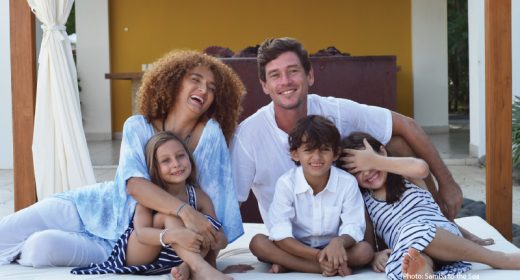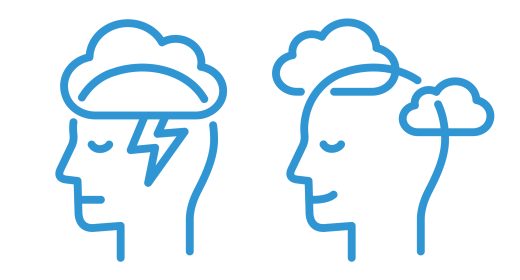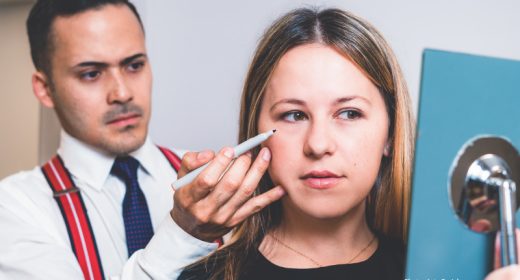
Wellness: First Aid – Serious Burns
- JUN 05, 2017Warning: count(): Parameter must be an array or an object that implements Countable in /home/howlermag/public_html/old/wp-content/themes/new-paper/includes/general.php on line 193

Your Lead Paragrpah goes here
[vc_row full_width=”full_width”][vc_column][vc_column_text]
One of the most common household accidents, second only to poisoning, is burns. When treated properly, most of these heal fast and are of no serious consequence, but if extensive and not handled properly a burn can result in death.
Physicians usually classify burns according to the extent of damage to the body. Damage is assessed in terms of the depth of the burn and the percentage of body area involved.
A first-degree burn is the mildest type and usually produces only a reddening of the skin.
Second-degree burns are next in order of severity and these are characterized by blisters on the skin.
First- and second-degree types usually occur simultaneously. Frequently a burn may appear as a first-degree burn but may eventually blister so that it is actually a second-degree burn. With second-degree burns, sufficient “good” tissue remains so that the skin regenerates without the need for grafting.
The worst burns are third-degree. These result in the destruction of the entire thickness of the skin. It is the most serious from the standpoint of immediate risk (loss of fluid and infection) and a scarring which results.
[/vc_column_text][/vc_column][/vc_row][vc_row full_width=”full_width”][vc_column width=”1/2″][vc_column_text]
Most types of burns are usually entirely preventable if common sense is used. A common burn is that of hot liquid causing scalding of a young child. Another is when gasoline or other flammable liquids are used in an enclosed area (as in a service station) which is ignited by a spark of static electricity. Smoking in bed is mentioned only to be condemned.
What should you do for a patient who has a burn? Each treatment must be individualized depending on circumstances. For mild first-degree or second-degree burns, cold packs should be immediately applied to the affected part or place the part in clean cold water. This prevents swelling and loss of body fluids. The worst type of treatment is to put gobs of grease, butter, chicken fat or similar compounds on the wound, as this makes proper medical treatment very difficult and also seals bacteria under the grease.
[/vc_column_text][/vc_column][vc_column width=”1/2″][vc_gallery type=”image_grid” images=”2826″ img_size=”full”][/vc_column][/vc_row][vc_row full_width=”full_width”][vc_column][vc_column_text]
If a burn area is extensive and it is certain that medical treatment will be needed, wrapping the patient or the affected body areas in clean sheets or with plastic wrap are the proper procedure.
Other principles involved in first aid and follow-up treatment include prevention of shock, relief of pain, prevention of infection, actual medical treatment of the burned areas, and plastic surgery if necessary.
Ideally, the earlier treatment is begun the better chance the burned patient has to recover from the injury with a minimum amount of permanent disfigurement.
[/vc_column_text][/vc_column][/vc_row]









